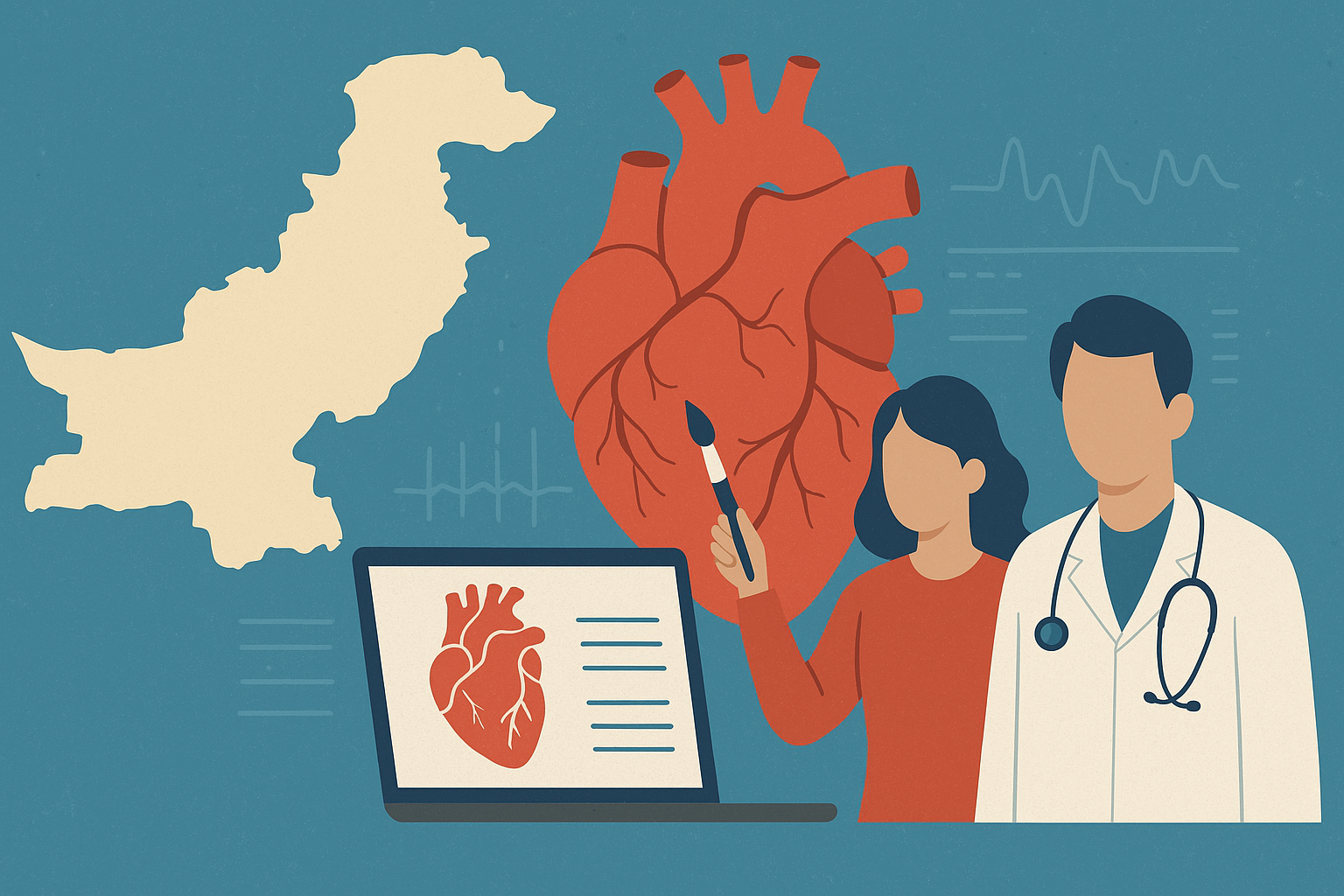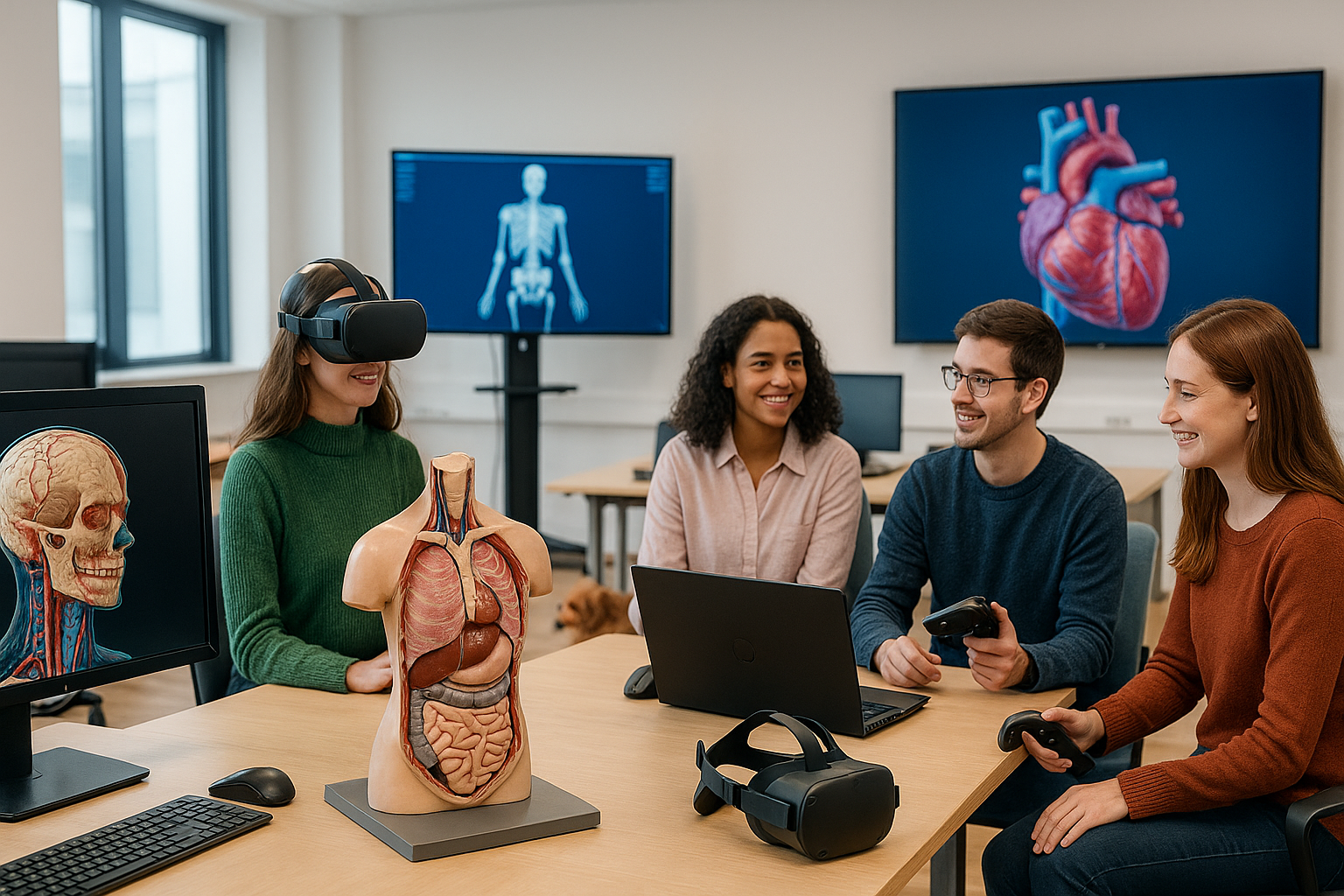Creating a Blood Cell Environment in Blender
“Sometimes, all it takes is a bit of color, distortion, and imagination to enter a whole new world.”
The Idea
As part of exploring medical visualization, I wanted to experiment with something simple yet visually powerful:
A scene inside the human body — filled with blood cells.
Rather than building everything from scratch, I focused on using Blender’s environment settings creatively to simulate the look and feel of a blood vessel.
My Process (Step-by-Step)
1. Modeling the Blood Cell
I started with a UV sphere and tweaked its shape into that classic red blood cell form — slightly squished in the center, soft edges, simple and smooth.
I wasn’y aiming it for it to be medically perfect — just recognizable and clean.
2. Creating the Vessel Environment
Instead of modeling an entire blood vessel, I decided to manipulate the World Settings in Blender.
Here’s what I did:
- Used a deep red color to give the impression of being inside a vessel
- Added noise textures and distortion to create organic, flowing patterns
- Played with lighting and shading to make it feel more immersive and atmospheric
No geometry needed — just some creative World shader nodes doing all the magic. ✨
3. Filling the Space with Blood Cells
Using a particle system, I scattered multiple copies of the blood cell model to simulate flow. I added random rotation and gentle movement so they didn’t look static.
The effect?
A slow drift through a bloodstream-like space.
What I Learned
- You can do a lot with very little geometry
- Blender’s World nodes are incredibly powerful for setting moods
- The smallest changes in color and texture can shift an entire scene
- Sometimes, less is more — especially when you’re just starting out!
The Final Look
It’s a simple loop — red blood cells drifting through a red-toned, slightly distorted environment.
No medical accuracy, no complex anatomy.
Just an imaginative dive into what a blood vessel might feel like from the inside.
Final Thoughts
This was such a fun and freeing experiment. It reminded me that you don’t always need complex models to tell a story — sometimes, color and motion are enough to paint a picture.
And in MedVis, even the tiniest scene can hold a world of wonder.




Leave a Reply